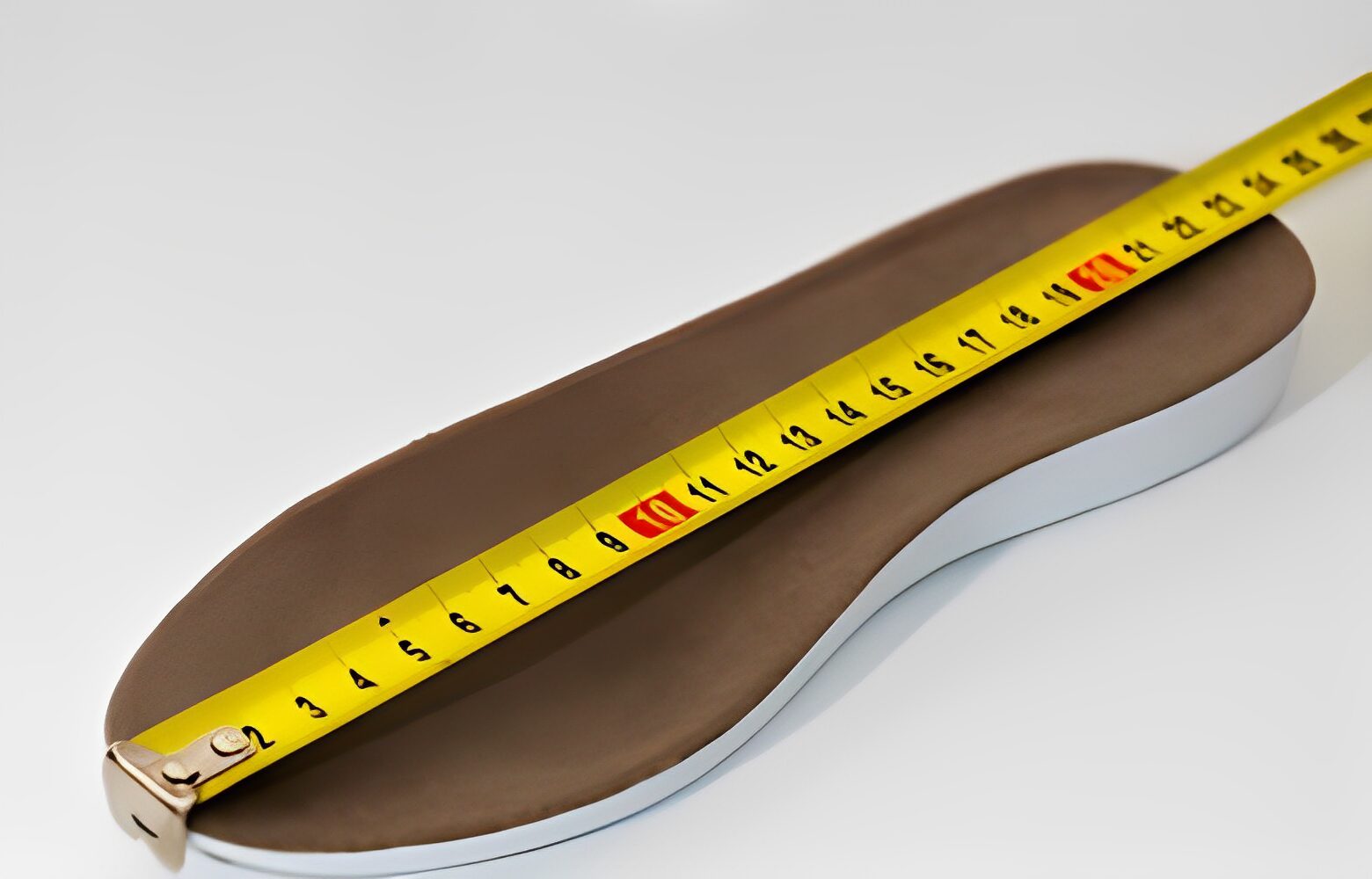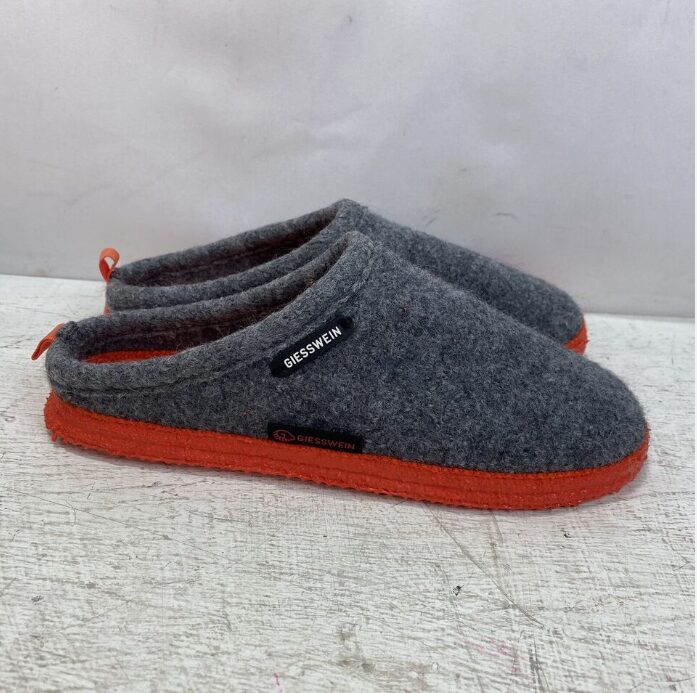How to Measure Insole of a Shoe: 8 Steps-(2024)
When it comes to buying shoes, getting the right fit is crucial for comfort and overall foot health. However, How to Measure the Insole of a Shoe the correct shoe size can be a challenge, as different shoe styles and brands may vary in their sizing. One of the most accurate ways to measure your shoe size is by measuring the insole of the shoe. In this comprehensive guide, we will walk you through the step-by-step process of how to measure the insole of a shoe correctly. Whether you’re an athlete looking for custom-made insoles or just want to ensure a perfect fit, this guide has got you covered.
Why Measure the Insole of a Shoe?
The insole measurement is essential for several reasons. First, it provides a more accurate representation of the shoe’s actual size compared to the manufacturer’s sizing. Second, knowing your insole size is particularly important when purchasing shoes from unfamiliar brands or when shopping online. By measuring the insole, you can ensure a better fit and avoid the hassle of returning ill-fitting shoes. Additionally, measuring the insole is crucial when buying off-the-shelf orthopedic insoles, as they need to match the size and shape of your foot for optimal support and comfort.
Tools You’ll Need
Before you start measuring the insole of your shoe, gather the following materials:
- Ruler or tape measure
- Flexible tape or ribbon
- Piece of paper
- Pen or pencil
Once you have these tools ready, you can proceed with the measurement process.
Step 1: Look for Insole Size Markings
Begin by checking if your shoes have any insole size markings. Many shoes, especially athletic and performance footwear, may have size markings directly on the insole. These markings can be in the form of words or numbers, providing you with the information needed to determine the correct size. If you find insole size markings, note them down as they will be helpful in ensuring an accurate measurement.
Step 2: Compare Insole Size to Shoe Size
If your shoes don’t have any insole size markings, you can compare the insole size to the shoe size. Typically, the insole will be about 1/2 size smaller than the shoe size. For example, if you wear a size 8 shoe, the corresponding insole size would be 7-1/2. Keep this rule of thumb in mind when measuring the insole without any markings.

Step 3: Use a Ruler to Measure the Insole
If your shoes don’t have size markings and you don’t have another pair of shoes to compare sizes, you can use a ruler to measure the insole. Place the shoe on a flat surface and position the ruler alongside the insole. Measure the length of the insole from the heel to the toe. To get an accurate measurement, it’s recommended to measure from the inside of the shoe. If the insole is curved, measure it at its widest point. Write down this measurement, as it will be crucial for determining your insole size.
Step 4: Use a Tape Measure for Accurate Measurements
Another method to measure the insole is by using a tape measure. Wrap the tape measure around the widest part of your foot, and then measure the insole from the end of the toe to the heel. This measurement will give you the length of the insole. Note down this measurement and compare it to a size chart to find your corresponding size. This method is especially useful when you don’t have size markings or a ruler available.
Step 5: Consider Arch Height
The arch height of your foot is another important factor to consider when measuring the insole. To measure the arch height, use a ruler to find the distance from the heel to the ball of your foot. Divide this number by three to determine the arch height. Understanding your arch height can help you select insoles that provide the right amount of support and comfort for your feet.
Step 6: Account for Toe Box Depth
The toe box depth is also crucial to consider when measuring the insole. Using a ruler, measure the distance from your longest toe to the heel. Subtract half an inch from this measurement to determine the toe box depth. This measurement is important for ensuring adequate space for your toes and preventing discomfort or pressure points.
Step 7: Measure the Heel Height
The heel height is an essential measurement when buying new shoes. To measure the heel height, use a ruler to measure the distance from the ground to the highest point of the heel. This measurement will help you determine if the shoes have the right heel height for your preferences and needs.
Related link: How to Dye Pointe Shoes
Step 8: Additional Hand Measurement Technique
Alternatively, you can measure the insole by using your hand. Start by placing your hand on the floor with your palm facing down. Position the heel of your shoe against the base of your thumb. Slide your hand forward until the ball of your foot touches the tip of your index finger. This is an approximate measurement of how long the insole should be. While this technique may not provide the most precise measurement, it can give you a general idea of the insole length.
Step 9: Finding Your Insole Size
Now that you have all the measurements, it’s time to find your insole size. Refer to a size chart specific to the brand or type of shoe you are purchasing. Insole sizes are usually represented as numbers or words, depending on the unit of measurement used (inches or millimeters). Consult the size chart and locate the measurement corresponding to your foot length and width. This measurement will indicate your insole size. If your measurement falls between sizes, it’s recommended to go with the larger size for a more comfortable fit.
Step 10: Finding the Perfect Fit
Once you have determined your insole size, it’s time to find the perfect fit. If possible, try on the shoes in-store to ensure they feel comfortable and provide adequate support. If you’re purchasing shoes online, read reviews from other customers to get an idea of how the shoes fit. Additionally, check the return policy of the retailer to ensure you can exchange or return the shoes if they don’t fit as expected. When in doubt, it’s always best to consult with a footwear specialist or professional to ensure you make the right choice.
Tips and Warnings
- Ensure you have an accurate measuring tool, such as a ruler or tape measure, before starting the measurement process.
- Place the shoe on a flat surface and measure the insole length from heel to toe.
- Write down the measurements in inches or millimeters for easy reference.
- Compare your measurements to the size chart on the shoe’s packaging or the retailer’s website to determine your correct shoe size.
- If you’re unsure about the size, it’s best to go with the next size up for a more comfortable fit.
- Always try on shoes before purchasing them to ensure they fit correctly and provide the desired level of comfort and support.
- If the shoe’s insole feels too tight or too loose, it’s likely not the right size for you.
FAQs
What is the most accurate way to measure my shoe size
Can I use the same insole measurement for different shoe styles and brands?
Do I need to measure both feet when determining my insole size?
Can I trim the insole if it’s longer than my foot?
Conclusion
Measuring the insole of a shoe is a crucial step in ensuring a proper fit and optimal comfort. By following the step-by-step guide outlined in this article, you can accurately measure the insole and determine your correct shoe size. Remember to consider factors such as arch height, toe box depth, and heel height when selecting shoes or insoles. Taking the time to measure your insole will help you make informed purchasing decisions and avoid the discomfort of ill-fitting footwear. So, the next time you’re shopping for shoes, don’t forget to measure the insole for the perfect fit.







